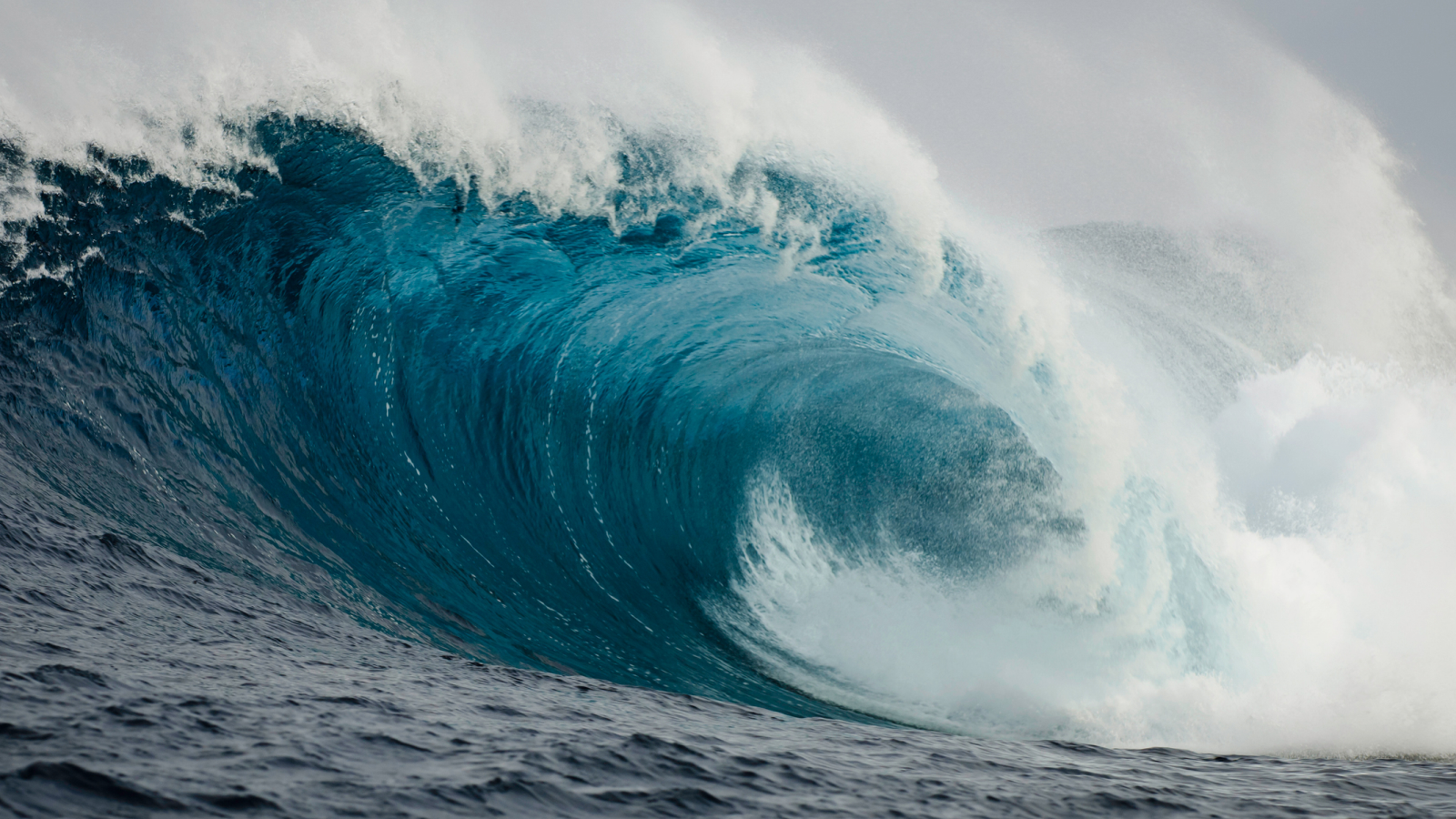
Scientists have used artificial intelligence (AI) to build an equation that can forecast when notoriously unpredictable rogue waves will strike.
Rogue waves, also known as "monster waves," are at least twice as high as the other waves around them, according to the National Oceanic and Atmospheric Administration (NOAA). These freak waves, which happen every day and all over the world, are highly unpredictable and can devastate ships that encounter them.
Rogue waves appear to form when ocean swells pass through one another, combining to form giant walls of water, according to NOAA. However, the exact mechanisms of why and where they appear is unclear.
But using 700 years' worth of ocean data including historical records and data from buoys in 158 locations around the world, researchers have now created a formula for predicting these "maritime monsters".
"Basically, it is just very bad luck when one of these giant waves hits," said lead author Dion Häfner, a former doctoral student at the Niels Bohr Institute, in a statement. "They are caused by a combination of many factors that, until now, have not been combined into a single risk estimate."
Related: What's the tallest wave ever recorded on Earth?
In the paper, published Nov. 20 in the journal PNAS, Häfner and colleagues mapped the variables that create rogue waves and used AI to collate them into a single model that could determine the likelihood that a rogue wave will form.
The team trained a neural network using historical wave data, according to the paper. This generated a system that learned the causes of rogue waves by itself and could work to predict when and where one might occur.
But the AI's methods were obscured in a black box — meaning scientists couldn't tell how the AI did its workings. So Häfner's team applied symbolic regression, another form of machine learning, which produced an equation when fed data, rather than just a single prediction — helping the researchers to understand how the AI reached its predictions.
"Our analysis demonstrates that abnormal waves occur all the time. In fact, we registered 100,000 waves in our dataset that can be defined as rogue waves," study co-author Johannes Gemmrich, a research scientist at the University of Victoria in Canada, said in the statement.
"This is equivalent around 1 monster wave occurring every day at any random location in the ocean. However, they aren't all monster waves of extreme size."
Rogue waves can pose a serious risk to vessels. Only last year, a deadly rogue wave smashed into a cruise ship near Antarctica, killing one person and injuring four others.
They can also reach huge sizes relative to the surrounding sea. A rogue wave — dubbed the Ucluelet wave — that appeared off the coast of Canada in 2020, was 58 feet (17.6 meters) tall and three times taller than the surrounding waves, making it "likely the most extreme rogue wave ever recorded," Gemmrich said in a statement in 2022.
Even larger freak waves have been recorded — such as an 84-foot-high (25.6 m) monster near Norway in 1995 — but they were closer in height to other nearby waves, Live Science previously reported.
This new equation effectively shows the recipe for a rogue wave, Häfner added, and can better protect passenger and cargo ships from devastation as they sail around the world. Companies can use the algorithm to predict when and where the perfect cocktail of factors might arise that could cause a rogue wave to form, and seek an alternative route.







